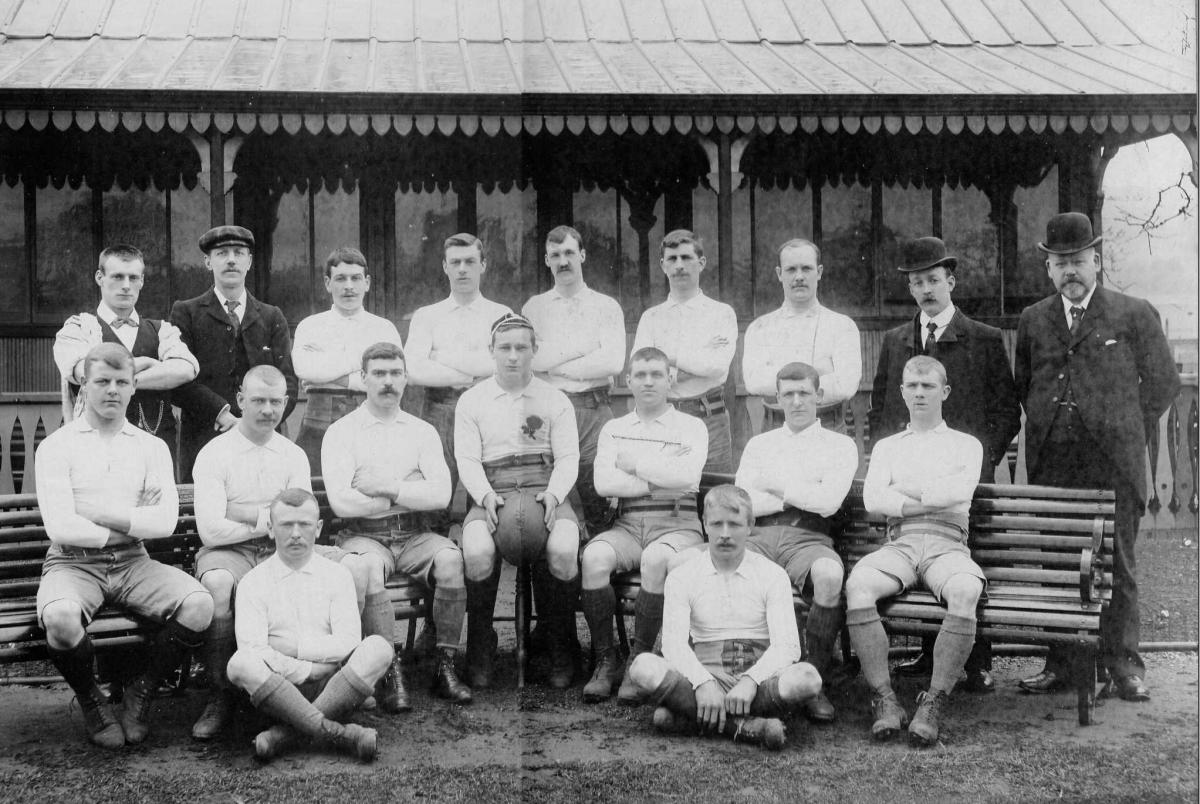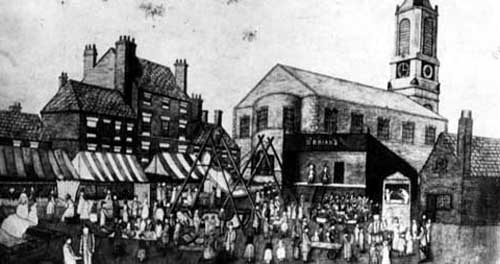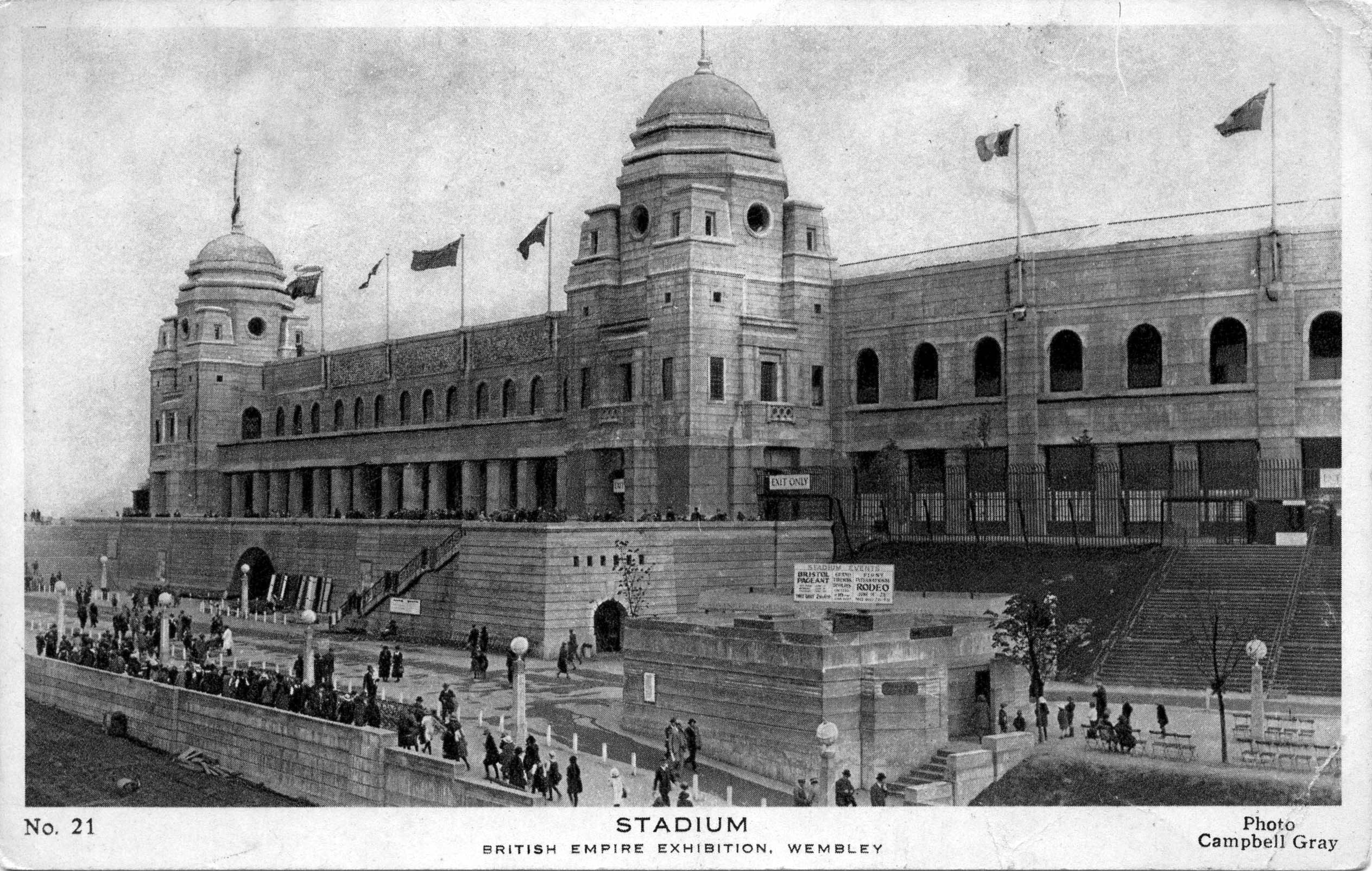|
Nat Silcock
Nathan Silcock (first ¼ 1904 – fourth ¼ 1967) was an English professional rugby league footballer who played in the 1920s and 1930s. He played at representative level for Great Britain, England, Rugby League XIII and Lancashire, and at club level for Widnes ( captain), as a , or , i.e. number 8 or 10, or, 11 or 12, during the era of contested scrums. Background Nat Silcock's birth was registered in West Derby, (Liverpool), Lancashire, and his death aged 63 was registered in Widnes, Lancashire, England. Playing career International honours Nat Silcock represented Rugby League XIII while at Widnes in 1934 against France, and in 1935 against France, won caps for England while at Widnes in 1932 against Wales (2 matches), in 1933 against Australia, in 1934 against Australia, and France, in 1935 against Wales, and in 1936 against Wales, and France, and won caps for Great Britain while at Widnes in 1932 against Australia (2 matches), and New Zealand (2 matches), in 1933 against A ... [...More Info...] [...Related Items...] OR: [Wikipedia] [Google] [Baidu] |
West Derby
West Derby ( ) is an affluent suburb of Liverpool, England. It is located East of the city and is also a Liverpool City Council ward. At the 2011 Census, the population was 14,382. History West Derby Mentioned in the ''Domesday Book'', West Derby achieved significance far earlier than Liverpool itself. The name West Derby comes from an Old Norse word meaning "place of the wild beasts" or "wild deer park" and refers to the deer park (now Croxteth Park) established there by King Edward the Confessor. West Derby became the main administrative area in today's Liverpool for the Norman Conquests and was the largest area within the West Derby Hundred which covered most of south west Lancashire. Contrary to popular belief, the original Earls of Derby were not conferred their title from West Derby, but from Derbyshire, Robert de Ferrers being the first Earl. Subsequent titles were created and bestowed on the Stanley Family. The Derby (horse race) is named after Edward Smith-Stanley, ... [...More Info...] [...Related Items...] OR: [Wikipedia] [Google] [Baidu] |
St Helens R
ST, St, or St. may refer to: Arts and entertainment * Stanza, in poetry * Suicidal Tendencies, an American heavy metal/hardcore punk band * Star Trek, a science-fiction media franchise * Summa Theologica, a compendium of Catholic philosophy and theology by St. Thomas Aquinas * St or St., abbreviation of "State", especially in the name of a college or university Businesses and organizations Transportation * Germania (airline) (IATA airline designator ST) * Maharashtra State Road Transport Corporation, abbreviated as State Transport * Sound Transit, Central Puget Sound Regional Transit Authority, Washington state, US * Springfield Terminal Railway (Vermont) (railroad reporting mark ST) * Suffolk County Transit, or Suffolk Transit, the bus system serving Suffolk County, New York Other businesses and organizations * Statstjänstemannaförbundet, or Swedish Union of Civil Servants, a trade union * The Secret Team, an alleged covert alliance between the CIA and American indust ... [...More Info...] [...Related Items...] OR: [Wikipedia] [Google] [Baidu] |
Wigan Warriors
The Wigan Warriors are a professional rugby league club in Wigan, Greater Manchester, England, which competes in the Super League. Formed in 1872 as Wigan Football Club, Wigan was a founding member of the Rugby Football League, Northern Rugby Football Union following the History of rugby league, schism from the Rugby Football Union in 1895. Wigan is the most successful club in the history of World Rugby League having won 22 Rugby Football League Championship, League Championships (including 5 Super League Grand Finals), 20 Challenge Cups, 4 World Club Challenges and over 100 honours in total. The club had a period of sustained success from the mid-1980s to the mid-1990s winning eight successive Challenge Cups and seven successive Rugby Football League Championship, League Championships. Since 1999 the club has played home matches at the DW Stadium, before which it played at Central Park (Wigan), Central Park from 1902. The head coach is Matt Peet. History 1872–1902: Forma ... [...More Info...] [...Related Items...] OR: [Wikipedia] [Google] [Baidu] |
1936–37 Northern Rugby Football League Season
The 1936–37 Rugby Football League season was the 42nd season of rugby league football. Season summary Salford won their third Championship after beating Warrington 13-11 in the play-off final. Salford had also finished the regular season as league leaders. The Challenge Cup winners were Widnes who beat Keighley 18-5 in the final. Acton and Willesden were replaced by Newcastle. Streatham and Mitcham disbanded after playing 26 matches, its remaining 12 matches were recorded as forfeits to their opponents. Salford won the Lancashire League, and Leeds won the Yorkshire League. Salford beat Wigan 5–2 to win the Lancashire County Cup, and York beat Wakefield Trinity 9–2 to win the Yorkshire County Cup. Championship Championship play-offs Challenge Cup Widnes beat Keighley 18-5 in the final played at Wembley Stadium Wembley Stadium (branded as Wembley Stadium connected by EE for sponsorship reasons) is a football stadium in Wembley, London. It opened in 2007 on ... [...More Info...] [...Related Items...] OR: [Wikipedia] [Google] [Baidu] |
1936–37 Challenge Cup
The 1936–37 Challenge Cup was the 37th tournament of rugby league's oldest trophy, the Challenge Cup. 32 clubs entered the competition which was won by Widnes who beat Keighley 18–5 in the final at Wembley Stadium on 8 May 1937. This was Widnes' second win in the competition and, to date, Keighley's only appearance in the final. First round The first round draw was made on 13 January 1937. 16 ties were drawn that were played on 13 February 1937. First round replay The replay between Castleford and Batley was played on the Wednesday 17 February 1937. Second round The draw for the second round was made on 15 February 1937 with the eight ties schedules 27 February. Only six ties were played that day as heavy snow forced the postponement of the game at Bradford and the match between Widnes and Dewsbury was abandoned at half-time with the score 8–0 to Widnes. Second round replays The replay between Castleford and Wigan was played on the Wednesday 3 March 1937 and the re ... [...More Info...] [...Related Items...] OR: [Wikipedia] [Google] [Baidu] |
Keighley Cougars
The Keighley Cougars are a professional rugby league club from Keighley in West Yorkshire, England who compete in League 1, the third tier of English rugby league. Keighley's home ground, Cougar Park has a capacity of 7,800. History Early years The club was formed at a meeting held on 17 October 1876 under the presidency of the Reverend Marriner. A committee was elected and the club was allowed the use of Holmes' field in Lawkholme Lane. The first kick-off took place on Saturday afternoon, 21 October and the committee met again on 24 October and decided to adopt Association and Rugby football laws. On 18 November 1876, the first game took place at Lawkholme Lane. The visitors were Crosshills and although the game ended in a draw, there are records, which say, "the draw was in the visitors' favour". The first important match appears to have been played on 13 January 1877 against Bingley. Under the scoring system of the day, the visitors won by two tries and two touchdowns t ... [...More Info...] [...Related Items...] OR: [Wikipedia] [Google] [Baidu] |
Try (rugby)
A try is a way of scoring points in rugby union and rugby league football. A try is scored by grounding the ball in the opposition's in-goal area (on or behind the goal line). Rugby union and league differ slightly in defining "grounding the ball" and the "in-goal" area. In rugby union a try is worth 5 points, in rugby league a try is worth 4 points. The term "try" comes from "try at goal", signifying that grounding the ball originally only gave the attacking team the opportunity to try to score with a kick at goal. A try is analogous to a touchdown in American and Canadian football, with the major difference being that a try requires the ball be simultaneously touching the ground and an attacking player, whereas a touchdown merely requires that the ball enter the end zone while in the possession of a player. In both codes of rugby, the term ''touch down'' formally refers only to grounding the ball by the defensive team in their in-goal. A Try is scored in wheelchair rugby fol ... [...More Info...] [...Related Items...] OR: [Wikipedia] [Google] [Baidu] |
1933–34 Northern Rugby Football League Season
The 1933–34 Rugby Football League season was the 39th season of Rugby league, rugby league football. The first rugby league club in London, Liverpool Stanley, London Highfield competed in its inaugural season. Season summary Wigan Warriors, Wigan won their fourth Championship when they beat Salford Red Devils, Salford 15-3 in the play-off final. Salford Red Devils, Salford had ended the regular season as league leaders. The Challenge Cup winners were Hunslet F.C. (1883), Hunslet who beat Widnes Vikings, Widnes 11-5. Work begins at a former quarry that was being used as a waste dump at Odsal Top in Bradford after Bradford Bulls, Bradford Northern sign a ten-year lease with the local council. This was to become the site of their current home ground, Odsal Stadium. Salford Red Devils, Salford won the Rugby league county leagues, Lancashire League, and Leeds Rhinos, Leeds won the Rugby league county leagues, Yorkshire League. Oldham R.L.F.C., Oldham beat St Helens Recs 12–0 to ... [...More Info...] [...Related Items...] OR: [Wikipedia] [Google] [Baidu] |
1933–34 Challenge Cup ...
The 1933–34 Challenge Cup was the 34th staging of rugby league's oldest knockout competition, the Challenge Cup during the 1933–34 season. First round Second round Quarterfinals Semifinals Final Hunslet defeated Widnes 11-5 in the final at Wembley before a crowd of 41,280. This was Hunslet’s second Cup final win, the first being in 1907–08, in their third Cup final appearance. References {{DEFAULTSORT:1933-34 Challenge Cup Challenge Cup Challenge Cup The Challenge Cup is a knockout rugby league cup competition organised by the Rugby Football League, held annually since 1896, with the exception of 1915–1919 and 1939–1940, due to World War I and World War II respectively. It involves am ... [...More Info...] [...Related Items...] OR: [Wikipedia] [Google] [Baidu] |
Hunslet R
Hunslet () is an inner-city area in south Leeds, West Yorkshire, England. It is southeast of the city centre and has an industrial past. It is situated in the Hunslet and Riverside ward of Leeds City Council and Leeds Central parliamentary constituency. The population of the previous City and Hunslet council ward at the 2011 census was 33,705. Many engineering companies were based in Hunslet, including John Fowler & Co. manufacturers of traction engines and steam rollers, the Hunslet Engine Company builders of locomotives (including those used during the construction of the Channel Tunnel), Kitson & Co., Manning Wardle and Hudswell Clarke. Many railway locomotives were built in the Jack Lane area of Hunslet. The area has a mixture of modern and 19th century industrial buildings, terraced housing and 20th century housing. It is an area that has grown up significantly around the River Aire in the early years of the 21st century, especially with the construction of modern r ... [...More Info...] [...Related Items...] OR: [Wikipedia] [Google] [Baidu] |
London
London is the capital and largest city of England and the United Kingdom, with a population of just under 9 million. It stands on the River Thames in south-east England at the head of a estuary down to the North Sea, and has been a major settlement for two millennia. The City of London, its ancient core and financial centre, was founded by the Romans as '' Londinium'' and retains its medieval boundaries.See also: Independent city § National capitals The City of Westminster, to the west of the City of London, has for centuries hosted the national government and parliament. Since the 19th century, the name "London" has also referred to the metropolis around this core, historically split between the counties of Middlesex, Essex, Surrey, Kent, and Hertfordshire, which largely comprises Greater London, governed by the Greater London Authority.The Greater London Authority consists of the Mayor of London and the London Assembly. The London Mayor is distinguished fr ... [...More Info...] [...Related Items...] OR: [Wikipedia] [Google] [Baidu] |
Wembley Stadium (1923)
The original Wembley Stadium (; originally known as the Empire Stadium) was a stadium in Wembley, London, best known for hosting important football matches. It stood on the same site now occupied by its successor. Wembley hosted the FA Cup final annually, the first in 1923, which was the stadium's inaugural event, the League Cup final annually, five European Cup finals, the 1966 World Cup Final, and the final of Euro 1996. Brazilian footballer Pelé once said of the stadium: "Wembley is the cathedral of football. It is the capital of football and it is the heart of football", in recognition of its status as the world's best-known football stadium. The stadium also hosted many other sports events, including the 1948 Summer Olympics, rugby league's Challenge Cup final, and the 1992 and 1995 Rugby League World Cup Finals. It was also the venue for numerous music events, including the 1985 Live Aid charity concert. In what was the first major WWF (now WWE) pay-per-view ... [...More Info...] [...Related Items...] OR: [Wikipedia] [Google] [Baidu] |





